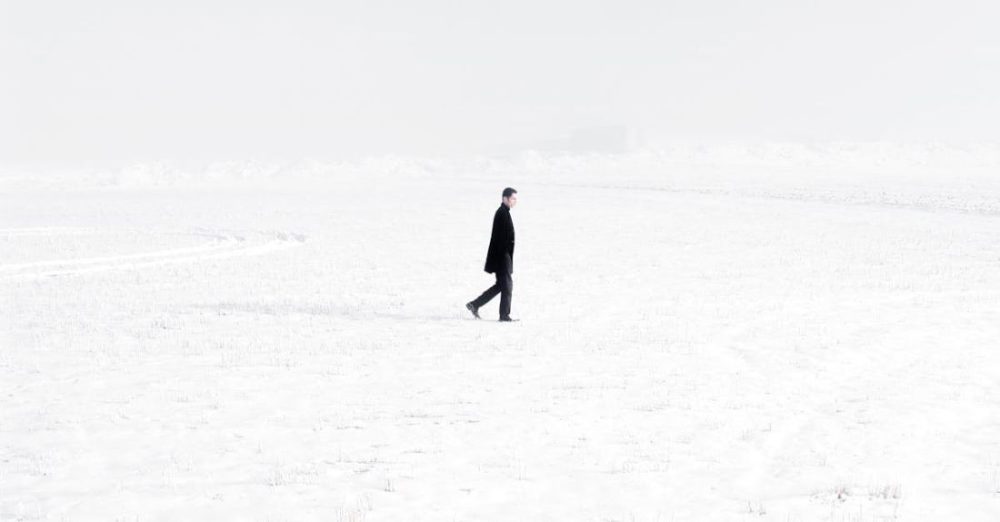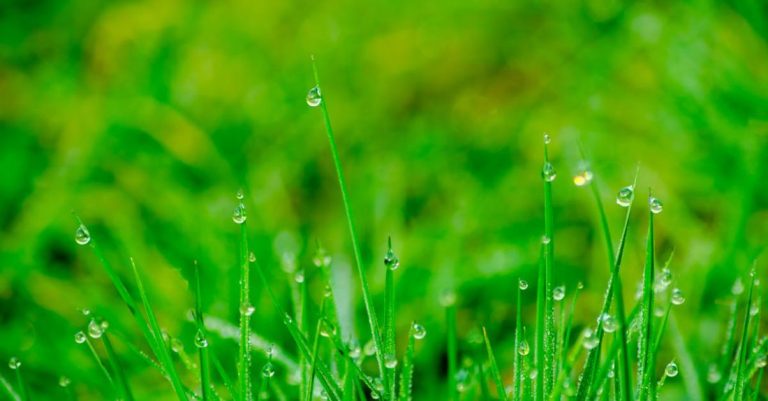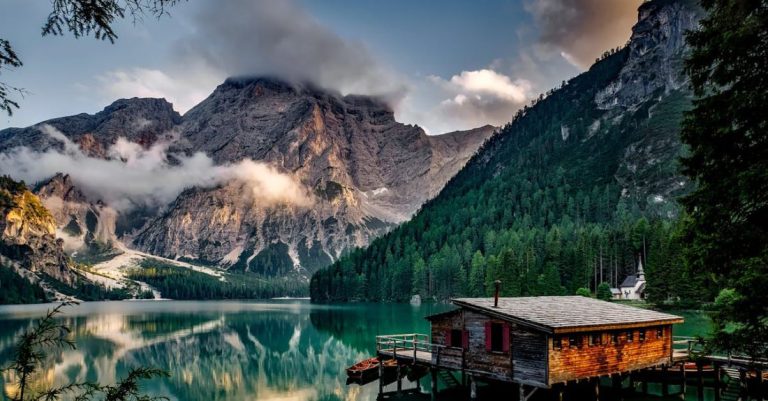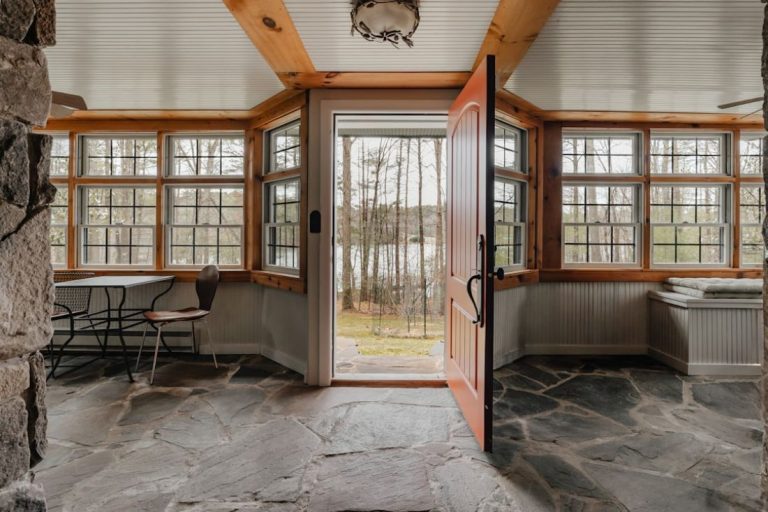
Erosion control is a critical aspect of landscaping and land management, especially in areas prone to soil erosion. One effective way to combat erosion is by using ground covers. Ground covers not only help prevent erosion but also add beauty to the landscape. Choosing the right ground cover for erosion control can make a significant difference in the health and stability of the soil. In this article, we will explore some of the best ground covers for erosion control.
### Ground Covers for Erosion Control
**1. Creeping Juniper**
Creeping juniper, also known as Juniperus horizontalis, is a low-growing evergreen shrub that is excellent for controlling erosion on slopes. Its dense, spreading foliage forms a thick mat that helps stabilize the soil and prevent runoff. Creeping juniper is drought-tolerant and requires minimal maintenance, making it an ideal ground cover for erosion-prone areas.
**2. Pachysandra**
Pachysandra is a shade-loving ground cover that is perfect for preventing erosion in wooded or shady areas. Its glossy, dark green leaves form a dense carpet that effectively holds the soil in place. Pachysandra is a hardy plant that thrives in moist, well-drained soil, making it a reliable choice for erosion control in shady spots.
**3. Vinca Minor**
Vinca minor, also known as periwinkle, is a fast-growing ground cover that spreads quickly to cover large areas. Its trailing stems and violet-blue flowers create a beautiful carpet that helps prevent erosion on slopes. Vinca minor is low-maintenance and can thrive in a variety of soil conditions, making it a versatile option for erosion control.
**4. Sedum**
Sedum, also known as stonecrop, is a succulent ground cover that is well-suited for controlling erosion in dry, rocky areas. Its fleshy leaves retain moisture, helping to prevent soil erosion in arid conditions. Sedum comes in a variety of colors and textures, adding visual interest to the landscape while serving a practical purpose in erosion control.
**5. Clover**
Clover is a versatile ground cover that is effective for erosion control in both sunny and shady areas. Its dense, creeping growth habit helps stabilize the soil and prevent erosion. Clover is also a nitrogen-fixing plant, which means it can improve soil fertility over time. In addition to its erosion control benefits, clover attracts pollinators and adds nutrients to the soil.
**6. Ornamental Grasses**
Ornamental grasses, such as blue fescue or fountain grass, are excellent choices for erosion control in sunny, well-drained areas. Their fibrous roots help hold the soil in place, while their tall, graceful foliage adds texture and movement to the landscape. Ornamental grasses are drought-tolerant and low-maintenance, making them a practical and visually appealing option for erosion control.
**7. English Ivy**
English ivy is a vigorous ground cover that is well-suited for controlling erosion on slopes and hillsides. Its dense, evergreen foliage forms a thick mat that helps stabilize the soil and prevent erosion. English ivy is tolerant of a wide range of soil conditions and can thrive in both sun and shade. However, it is important to note that English ivy can be invasive in some regions, so it should be planted with caution.
### The Importance of Choosing the Right Ground Cover
Selecting the appropriate ground cover for erosion control is crucial for the health and stability of the landscape. By choosing ground covers that are well-suited to the specific conditions of the site, you can effectively prevent erosion and create a beautiful, sustainable landscape. Whether you opt for creeping juniper on a steep slope or vinca minor in a shaded area, the right ground cover can make a significant difference in the long-term health of your soil. Consider the unique characteristics of your site and choose a ground cover that meets your erosion control needs while enhancing the beauty of your landscape.





